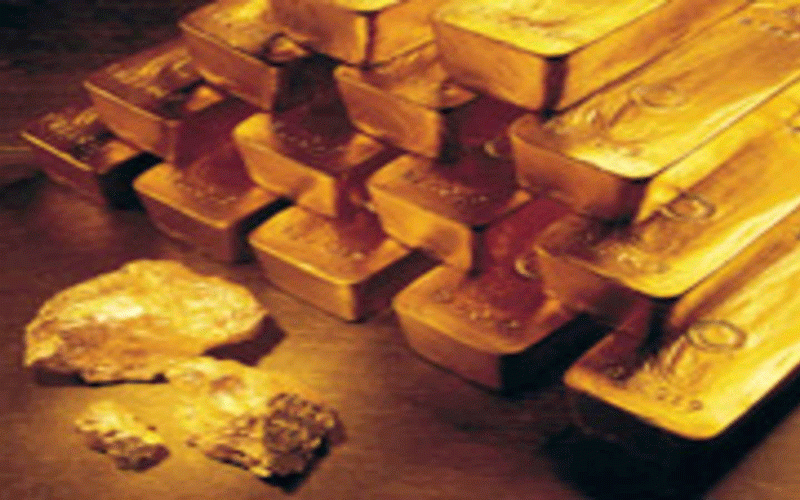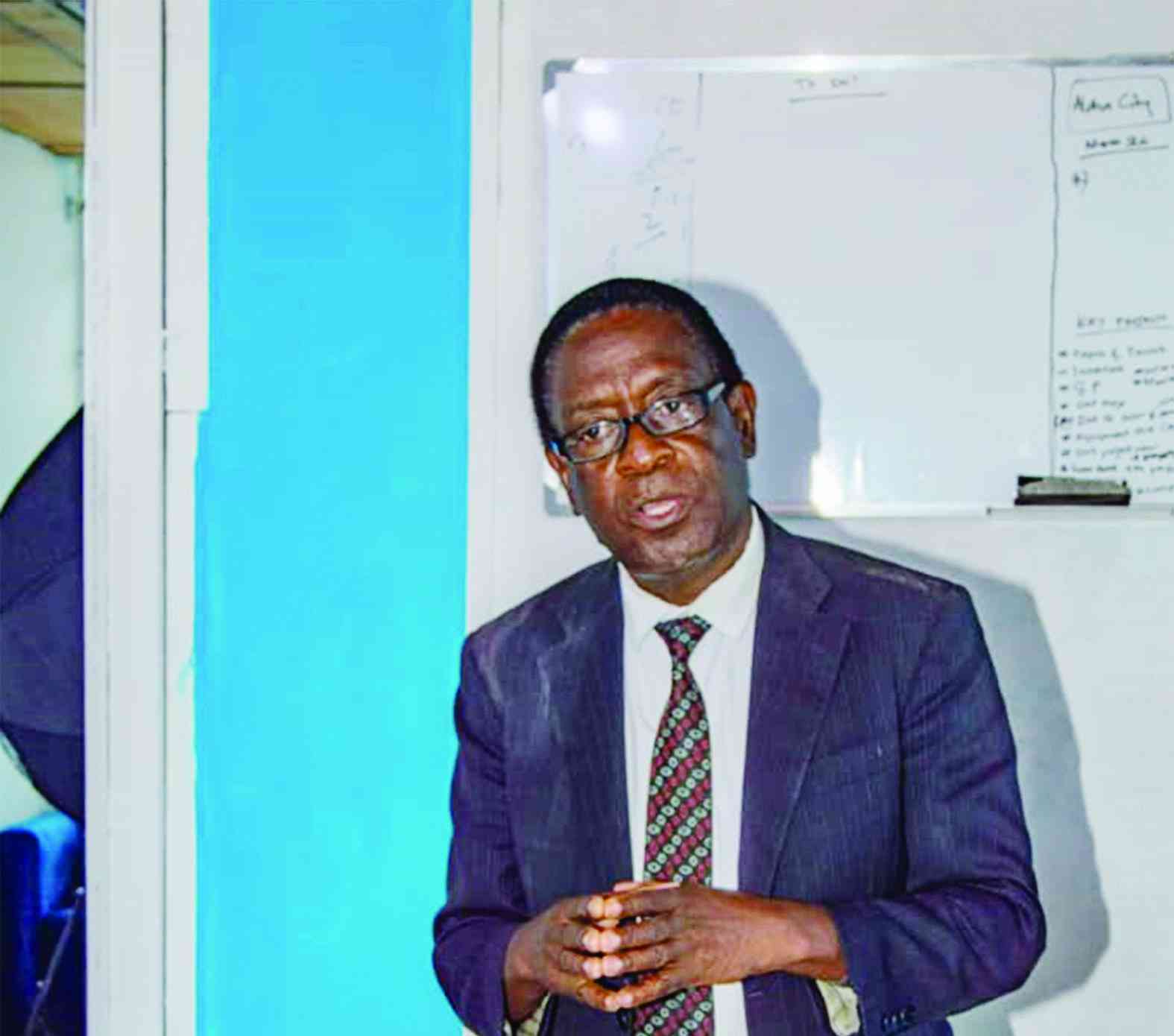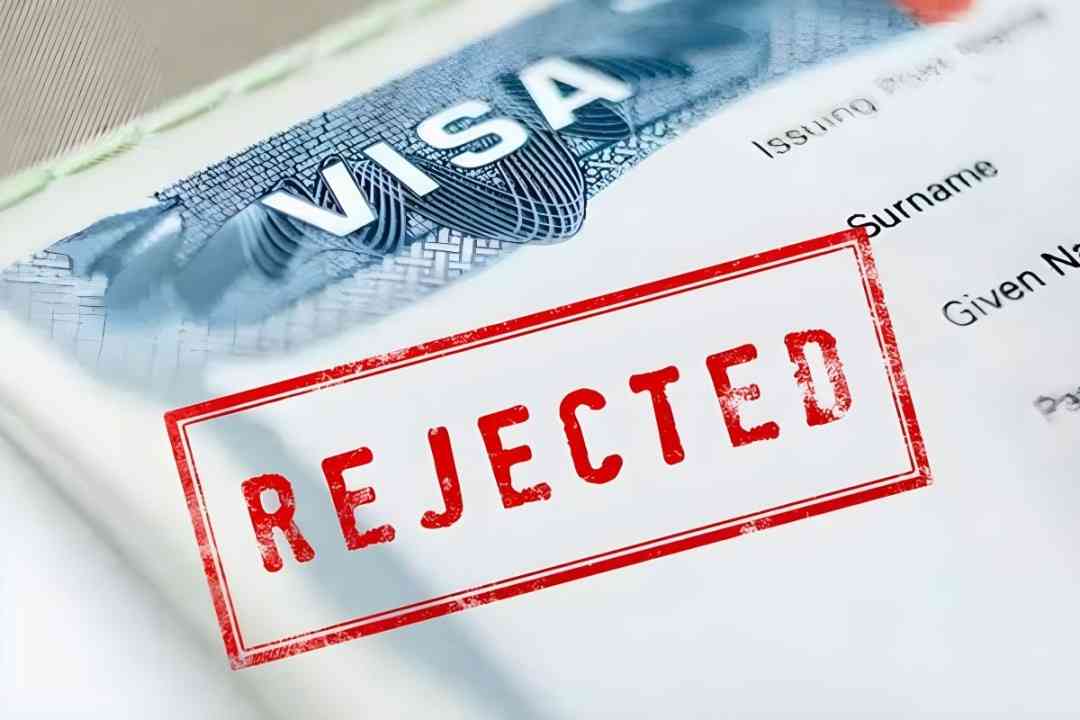
DESPITE the fact that money has always existed, very few people seem to be interested in the subject. The majority of people do not fully understand the concept of money because it is not taught in schools. Otherwise, in the words of Henry Ford: “It is well enough that people of the nation do not understand our banking and monetary system, for if they did, I believe there would be a revolution before tomorrow morning.”
Indeed, according to Manuel Tacanho, if money was clearly understood, the current fiat money system would not exist. The topic of money has grown divisive on a global scale. What counts as money and how money contributes to economic growth and stability is in question.
The regulation, supply and function of government in relation to money have given rise to disagreements among many schools of thought. Money is not the root of evil, contrary to popular belief, according to Tacanho. However, corrupted money — more specifically, fiat money and currency depreciation — are the main contributors to a number of economic, social and cultural ills.
Gold as money
In his book: The New Case for Gold, James Rickards opines that the traditional definition of money includes the terms medium of exchange, store of value and unit of account.
You have some form of money if all three of those requirements are satisfied. According to Rickards, money is gold, and since money carries no risk, it has no yield. He views a bank deposit as the bank’s unsecured liability, not as money.
Money should not be anything other than what it was when it first appeared on the market and emerged from a deal.
Money develops as the most important good in society, the one that could be exchanged for all other goods and assist to simplify complex exchanges. This can take the form of beads, skins from various animals, jewels, or priceless metals. Gold was used as money because it possessed all the qualities of good money. The government has no business influencing this decision; it has nothing to do with it.
- Hebrew Scriptures: The best way to stop suicide
- What is an excellent crypto wallet made of?
- Mpofu plots DeMbare downfall
- Bosso bullish ahead of BF blockbuster
Keep Reading
Chemistry professor, Andrea Sella at University College London offered an intriguing and in-depth study of why gold among the 118 elements in the periodic table made a good currency in an interview with BBC’s Justin Rowlatt in 2013.
Gold and silver were the only materials left that could be used to create a reliable form of currency after he discounted each element individually. It is no coincidence that all civilised countries are working earnestly to adopt a gold standard of some sort. Advanced nations strive to use gold as their currency. In this day of quick and extensive commodity trades, no other form of money can offer the convenience that a gold currency offers.
When it comes to everyday monetary convenience, even paper money must yield to gold. It would be more practical to use a ten- or five-guilder gold coin as opposed to bank notes. Furthermore, the only kind of hard money available today is a gold coin.
A silver certificate, a banknote, or a Treasury note cannot replace gold, especially in times of emergency. According to professor Michael Menger, a gold currency provides the following technological and financial benefits that include affordable minting, challenging forgery, minimal wear and tear, maximum ease, and simple transportation. The gold standard was the sole standard that offered full parity of the Austrian currency with other currencies. Gold was primarily the currency of Austria’s neighbours and trading partners.
To Rickards, gold is the only element that possesses all the necessary physical properties — scarcity, malleability, inertness, durability, and uniformity — to function as a trustworthy and useful physical store of value. Our ancestors did not use gold simply because it was shiny or beautiful as modern critics suggest. They used gold because of its unique properties.
The Jewish Sages hold that one must look to a word’s original meaning or source, or the time when it was first used, in order to comprehend what it means. How the definition of “money” has evolved over time is fascinating. According to the Collins Dictionary of 1978, money is defined as a coin or coins: Sometimes known as hard money. Money is defined as bits of gold, silver, copper, etc. that have been stamped by a government authority and are used as a means of exchange.
However, the 2010 Oxford Dictionary defines money as what you make by working or selling items. This is something to ponder over. In the Bible, the primary means of exchange were gold and silver. The justification for why gold is referred to as “God’s money” by others.
Even though gold is not officially recognised as legal cash, its standing as money is untarnished. Therefore, it should not be shocking that the central banks of the world maintain 33 919 tonnes, or around 17,2% of the world’s gold holdings, in their vaults as reserve assets.
Since 1933, and especially since 1971, when all gold redemption was abolished, every nation-state has had the unrestricted right and ability to issue paper money that is accepted as legal cash in its own jurisdiction. The paper money can be produced endlessly and for free by the government (or its central bank). The cost of the paper and printing is almost always insignificant in comparison to the value of the printed currency. This has caused hyperinflation in countries such as Germany, Zimbabwe and Venezuela.
No fiat currency has ever stood the test of time. They have all failed to serve as a trustworthy source of wealth. According to French philosopher Voltaire (1729): “All paper money eventually returns to its intrinsic value: Zero.” According to Allan Greenspan, gold is money. By all indications, gold is still valuable money. It is superior to all fiat money, even the dollar. A reliable and trustworthy currency that has stood the test of time is gold. It creates a framework based on financial, monetary, and fiscal discipline.
Currency backed by gold
China
If there is a new monetary world order, it must be rooted in a physical asset. Most likely, that physical asset will be gold. It is more likely to be a gold-backed digital currency controlled by one or more central banks than a copy of the previous system, though. The People’s Bank of China (PBoC), China’s central bank, has already started using the Central Bank Digital Currency in international trade transactions and eventually hopes that it will be accepted as legal tender in other countries and between third-party nations. While internationalising its digital renminbi, China may even maintain control over its citizens’ capital and financial accounts. But it must be tethered to gold in order for it to be trusted in a world with raging inflation. Why gold? Because: “True gold fears no fire.”
One of the biggest players in the gold market for a very long time has been China. China started allowing individual ownership of gold in 1983, but trade was only allowed by the PBoC up until 2001. China is currently the world’s largest producer of gold, consumer of gold, and importer of gold. It is asserted that not a single gramme of gold mined or brought into China ever leaves the nation.
Russia
On March 25, 2022, Russia offered to buy gold from Russian banks at a fixed price of 5 000 rubles per gramme in order to circumvent the economic sanctions imposed by the United States and its European allies. As gold is traded in US dollars, Russia did this to link the ruble to gold and established a floor price for the ruble. The rubble was trading at about 100 to the United States dollar (US$) at the time, but it has since gained strength and by August 22, 2022, it was trading at about 88 to the US$.
This is due to the fact that gold has been selling at a price of roughly US$56,55 per gramme, or (5 000/56,55) equals 88. In terms of gold, the ruble now has a floor against the US$. According to Ronan Manly, with an RUB/US$ floor of roughly 88, the price of gold would be around US$1 767,05 at 5 000 rubles per gramme, which is 155 500 rubles for a troy ounce of gold.
The Bank of Russia’s set price that links the ruble to gold has now established a floor under the RUB/US$ currency, stabilising and strengthening the ruble. According to Manly, requiring that natural gas export payments be made in rubles (and maybe later on, oil and other commodities) served to stabilise and strengthen the market.
This might push the Russian ruble towards becoming a significant worldwide currency if the bulk of the global trading system starts to accept rubles for commodity payment arrangements. In addition, any attempt by Russia to accept direct gold payments for oil will result in a greater inflow of foreign gold into Russian reserves, strengthening the balance sheet of the Bank of Russia and, ultimately, the currency.
Indexing a currency to gold and other valuable commodities aids in currency stability and increases a nation’s financial independence. According to history, Russia previously pegged the ruble to gold. The introduction of the gold standard policy in 1897 by Sergey Vitte, Russia’s finance minister from 1892 to 1903, caused a significant decline in the value of the ruble, which in turn increased export earnings and foreign investment.
According to Artem Tuzov, a director at UNIVER Capital with headquarters in Moscow, currency had more value than gold 100 years ago. Tuzov referred to the present international financial system as “colonial”, noting that “developing countries constantly suffer from the depreciation of their natural currencies while Western countries can print money forever without fear of inflation”. Gokhan Ergocun writes that if Russia succeeds in ending this legal exploitation of developing nations with China’s assistance, it will be a game-changing development and an example for other nations.
Zimbabwe
Zimbabwe’s central bank launched gold coins on July 25, 2022, as an alternative stable investment product for value preservation and an anti-inflation tool. The Reserve Bank of Zimbabwe (RBZ) first introduced 2 000 gold coins into circulation. These gold coins were being sold by the bank, Aurex (Private) Limited and Homelink (Private) Limited, two of RBZ’s authorised dealers. The London Bullion Market Association (LBMA) PM Fix gold price, plus a 5% profit margin to cover production and distribution costs, determines the price of the gold coins. On the day of its initial introduction, the gold coin cost US$1 823,80, which was equivalent to $805 745 in local money. On August 10, 2022, 4 475 gold coins were sold for a total of $3,7 billion, with 90% of the price paid in local currency and the remaining 10% in foreign currency.
The RBZ move is said to have lowered the volatile FX rate in the black market. According to the RBZ, the substantial demand for gold coins contributed to the market’s absorption of liquidity, increasing demand for local currency as well as its value. The RBZ must, however, make a bold choice to either introduce gold coins as a means of exchange or establish currency backed by gold and silver.
Menger offers some policy reforms that would reduce the general demand for gold in support of this line of thinking. Menger supports the issuance of subsidiary silver coins or notes that are entirely backed by silver but also redeemable in gold, the issuance of banknotes with smaller denominations, the authorisation of note-issuing banks to hold a portion of their reserves in silver, and the prohibition of the production of gold coins with smaller denominations.
A safe silver coin provides no risk because it is used to replace gold coins, which is how it derives its value. The gold standard would be seriously threatened by the production of huge quantities of silver coins.
This situation is explained by the Gresham’s law, which states that bad money crowds out an equal amount of good money when both must be exchanged at unfair exchange rates. It is high time countries start looking at gold as a panacea to financial woes and inflation.
- Alexander Maune is an Institute of Directors Zimbabwe member as well as a Talmudic and Zoharic expert, lecturer, researcher and consultant contactable on alexandermaune6@gmail.com.











